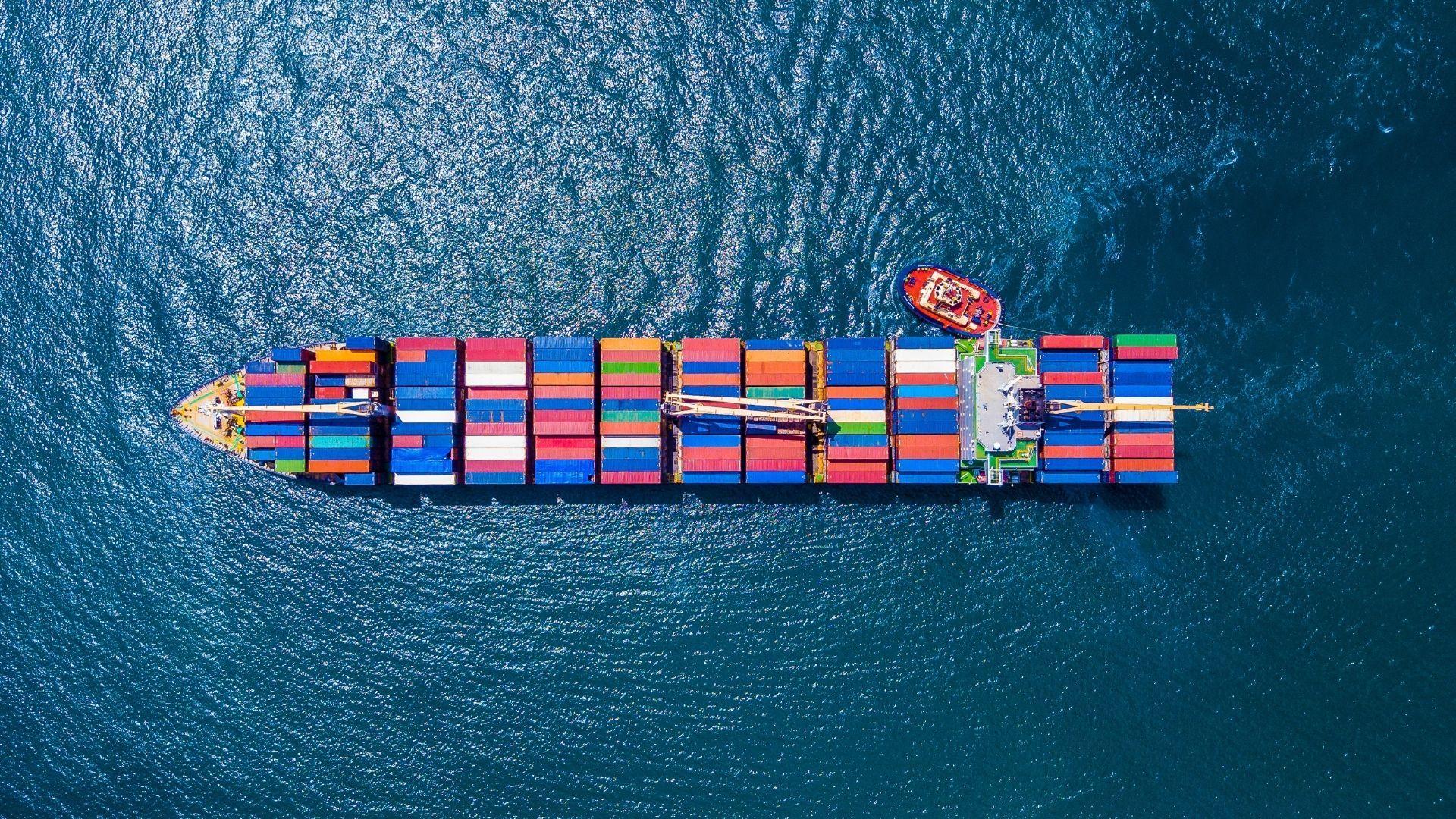
Cross-Border Shipping Challenges in 2025: Practical Solutions for Seamless International Logistics
Introduction
Cross-border shipping unlocks global markets for manufacturers, wholesalers, retailers, and e-commerce ventures. However, transporting goods across international borders is far more complex than domestic logistics. Every country has its own maze of regulations, costs, paperwork, and logistical obstacles. Understanding and preparing for these challenges is essential for ensuring shipments arrive safely, on time, and without unexpected costs.
Customs Clearance Delays
Customs clearance is often the most unpredictable step in cross-border logistics. Each country has unique requirements ranging from product-specific permits to detailed invoices and Harmonized System (HS) codes. Even minor documentation errors can result in goods being held up for days, leading to dissatisfied customers and financial losses, especially for perishable or time-sensitive products. In 2025, with many countries digitizing their customs processes and tightening compliance standards, meticulous documentation and up-to-date regulatory knowledge are critical.
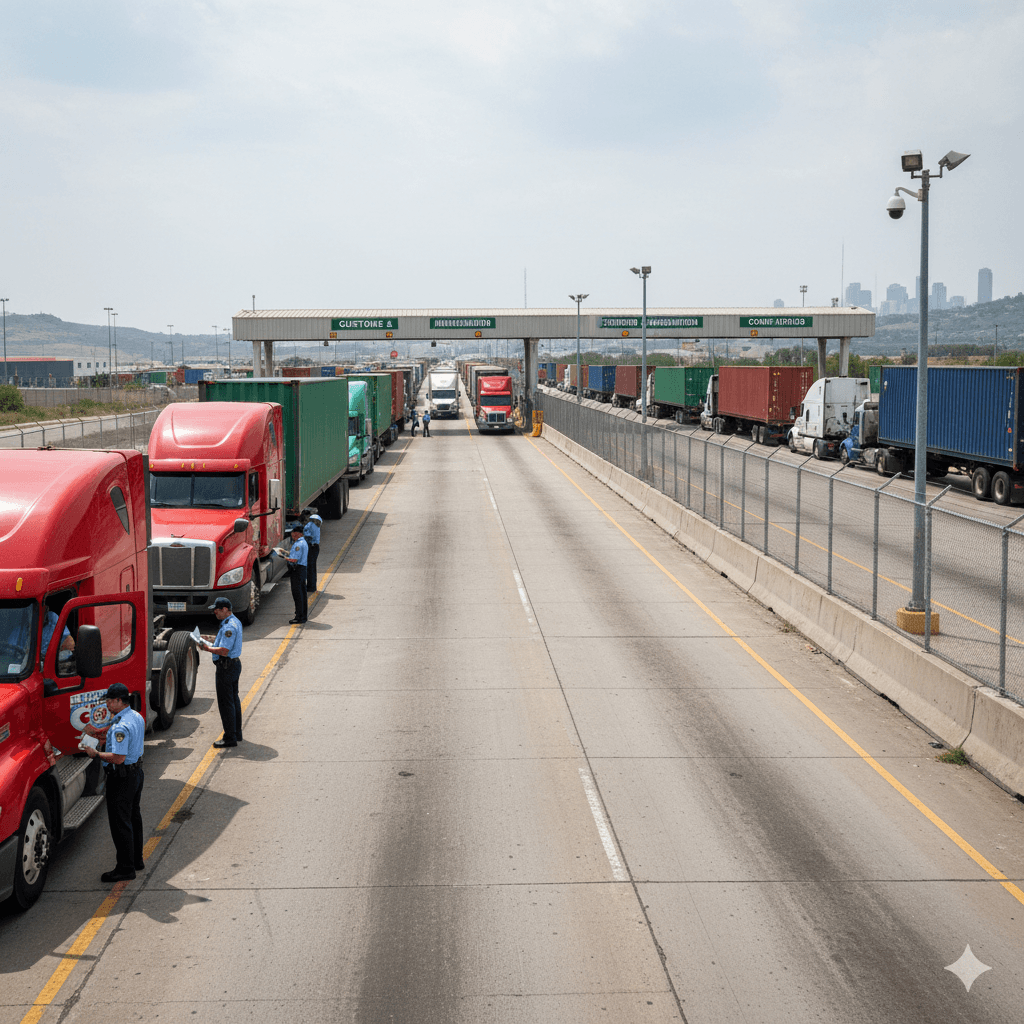
Regulatory Compliance & Evolving Trade Agreements
Staying compliant means more than just filling out forms, it requires close tracking of changing trade agreements, import/export bans, and product-specific restrictions (from batteries to pharmaceuticals). The increase in digital customs and e-invoicing can help, but also introduces new learning curves. Incorrect HS codes or outdated compliance can quickly trigger fines and border rejections. Businesses need either in-house customs expertise or a logistics partner who constantly monitors the latest changes in each shipping route.
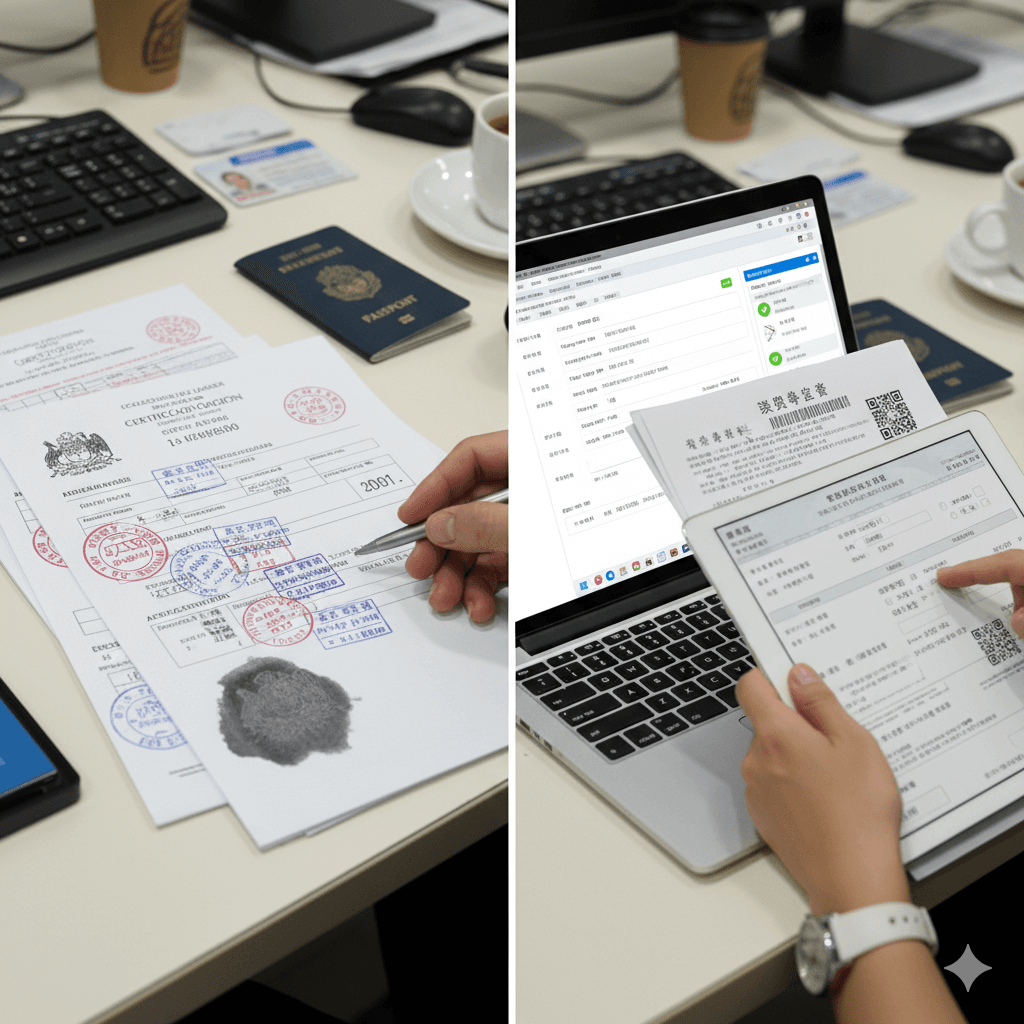
Hidden Costs: Tariffs, Duties, Taxes, and Unexpected Fees
Every international shipment faces an array of visible and hidden costs: tariffs, duties, Value Added Taxes (VAT), and brokerage or handling fees. Costs also swing with currency fluctuations and sharp changes in fuel prices. For businesses shipping to the U.S., Canada, or the EU, understanding each market’s rates and duty thresholds is non-negotiable. Unanticipated fees can obliterate profit margins if not identified and factored in advance.

Reliable Transportation Partners & Network Gaps
It’s crucial to partner with experienced international carriers who understand not only route planning, but also local infrastructure quirks. Some borders lack rail connectivity; others have seasonal port closures or strict road regulations. Shipments may need to cross several transport modes (sea, rail, road, air). A logistics provider with real-time visibility and global partnerships is a must for avoiding black holes in the logistics chain and responding fast to disruptions.
Communication Barriers and Language Issues
International trade involves communication between shippers, customs officers, freight forwarders, and local carriers, sometimes in different languages and time zones. Misunderstandings in instructions or documentation can lead to delays or errors. Modern logistics relies on bilingual staff, digital translators, and constant client updates to minimize risk.
Tracking, Visibility, and Real-Time Updates
With multiple transport partners and national carriers, it’s vital for shippers and customers to have real-time updates otherwise, lost goods or delays can go undetected. GPS tracking, IoT sensors, and interconnected software systems are raising the bar for cross-border shipment visibility. The ability to proactively inform customers about temperature, delays, or customs events boosts customer satisfaction and helps solve problems before they escalate.
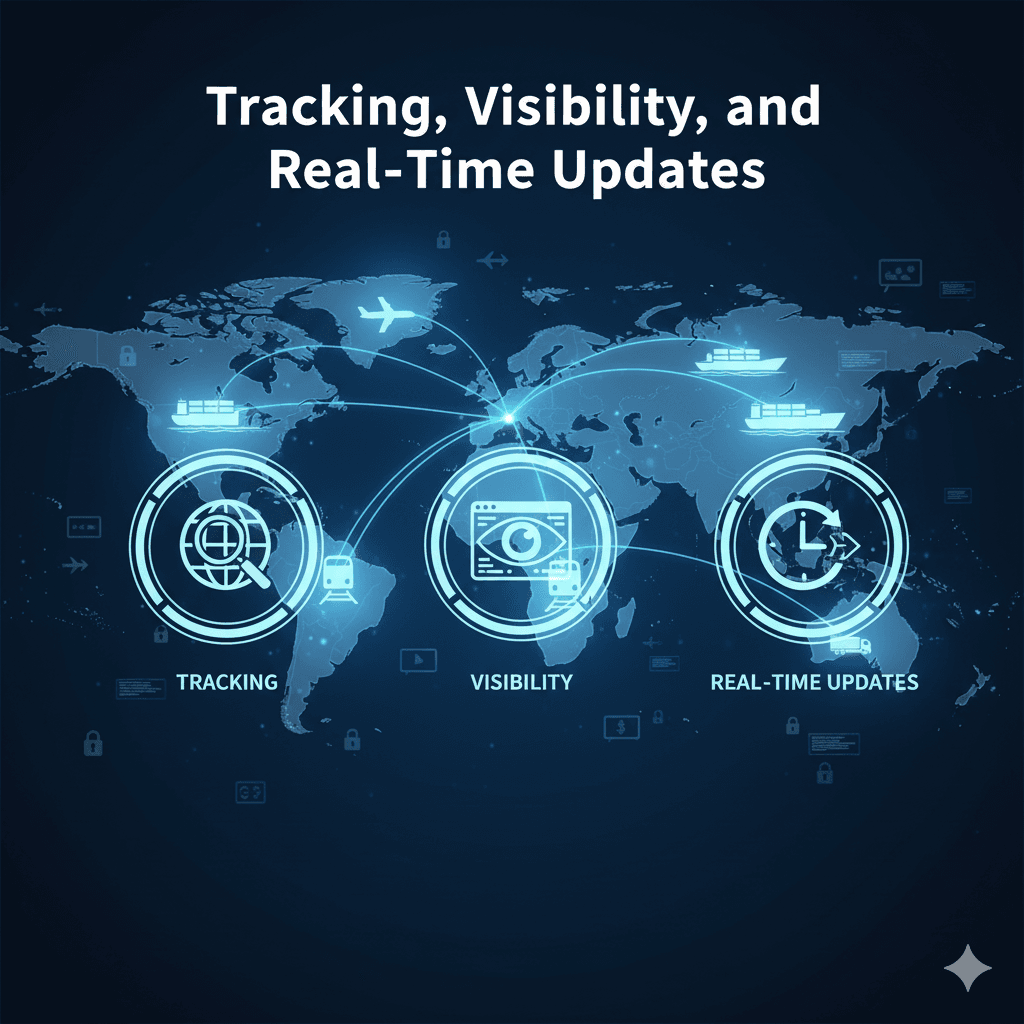
Returns and Reverse Logistics
Returning goods across borders isn’t just about shipping in reverse. It means navigating all the same customs, tariffs, and compliance challenges again with added costs and paperwork. Differences in consumer protection laws and return policies by country add another layer of complexity. Solutions include clear return policies, “return-ready” packaging, and working with partners who handle local returns and consolidation.
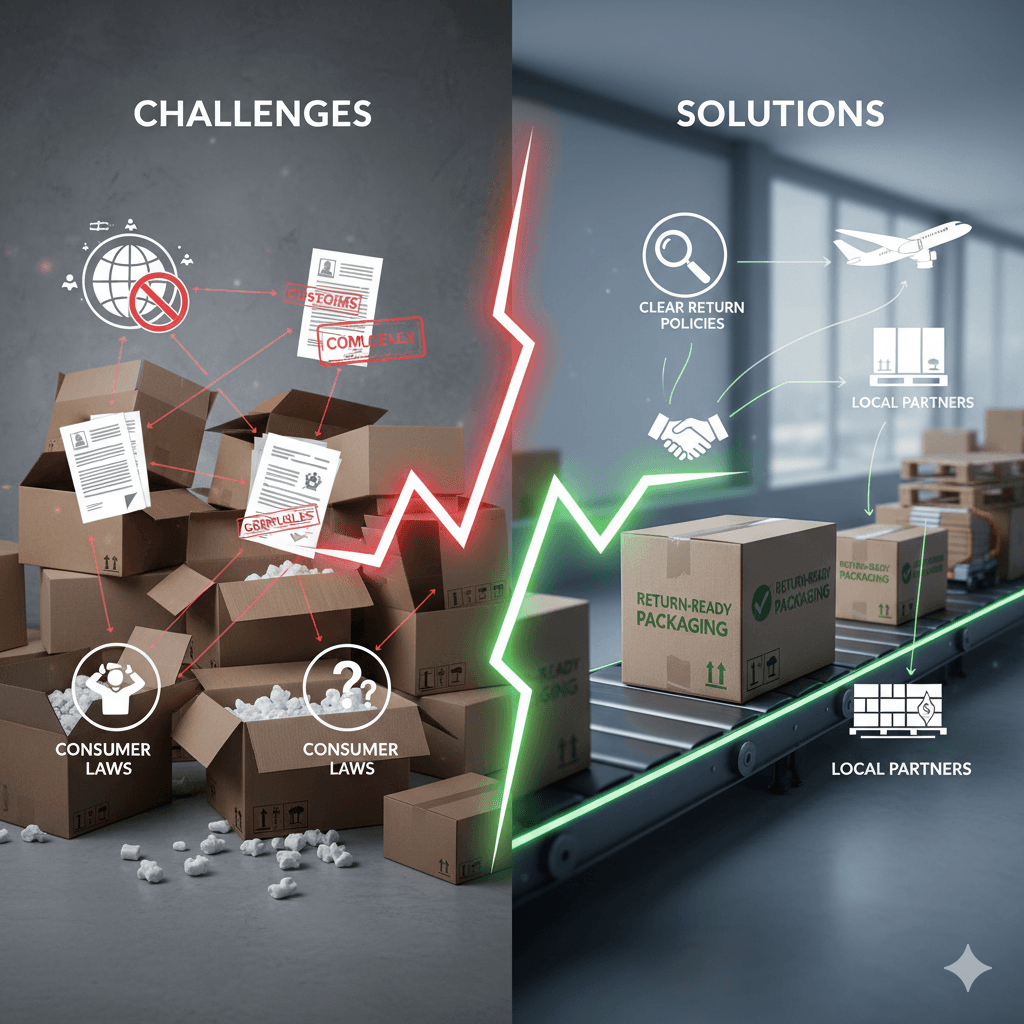
Currency Fluctuations and International Payments
Exchange rate volatility can transform profitable orders into losses overnight. Shippers must plan for sudden swings in value between departure and delivery, using hedging, multi-currency invoicing, or real-time payment platforms. Transparent pricing, instant quotes, and clear billing in client-preferred currencies help manage risk and maintain trust.

Technology, Sustainability, and Security
2025 brings new demands: more sustainable routes (using lower-carbon modes and optimized packaging), and stronger digital security, protecting data as well as goods. Eco-friendly shipping options and blockchain-based documentation help optimize efficiency and protect confidential commercial information from cyberattacks or theft
Best Practices: How to Overcome Cross-Border Challenges
To succeed in cross-border shipping:
- Work with certified, experienced logistics partners.
- Stay up to date on regulations and tariffs for each destination.
- Use integrated tracking and proactive communication solutions.
- Build flexible routing to handle disruptions.
- Plan ahead for returns and customer support.
- Emphasize sustainability and security as differentiators.
Conclusion
Cross-border shipping challenges are real, but not insurmountable. In 2025, succeeding in international trade means mastering global regulations, investing in technology, and choosing partners who understand both the risks and opportunities of international logistics. With a strategic approach, your business can deliver worldwide, growing not only your reach, but also your reputation for reliability.
